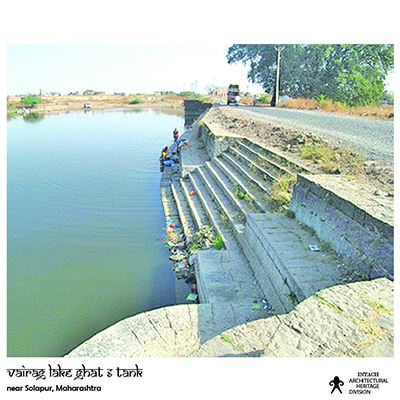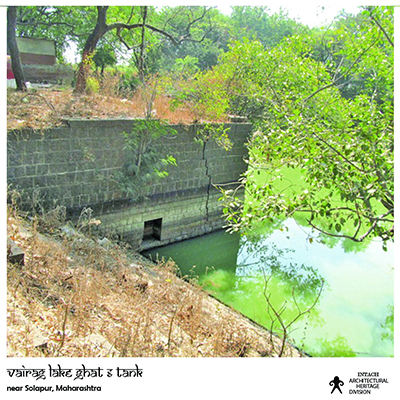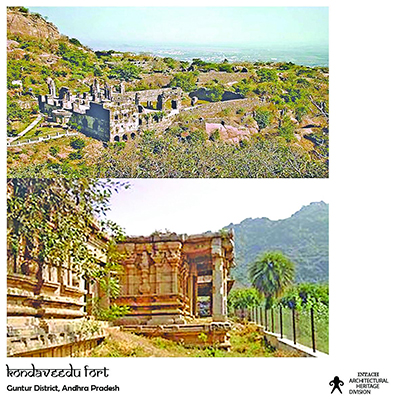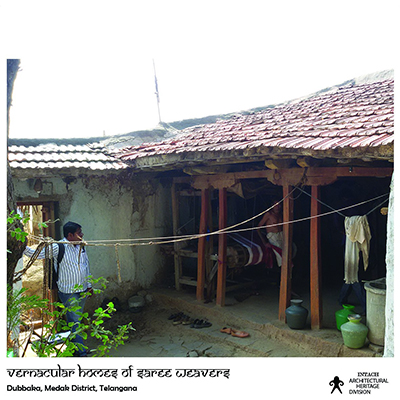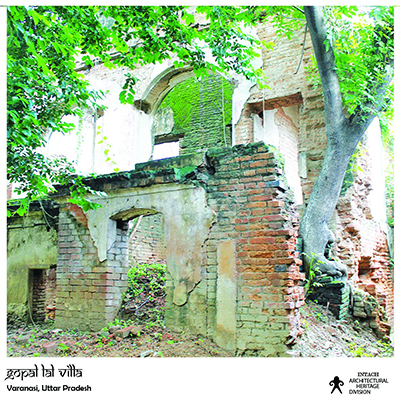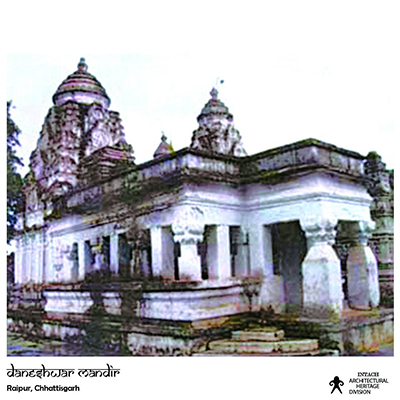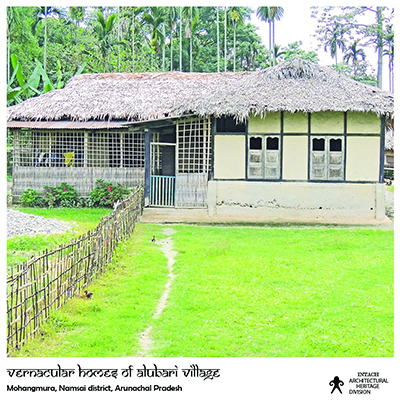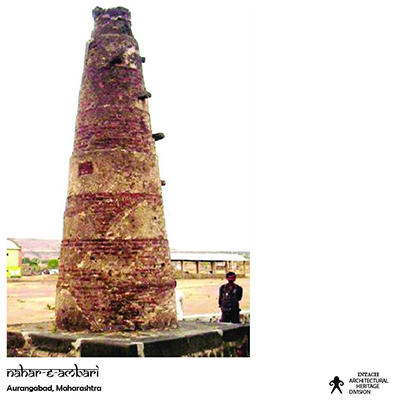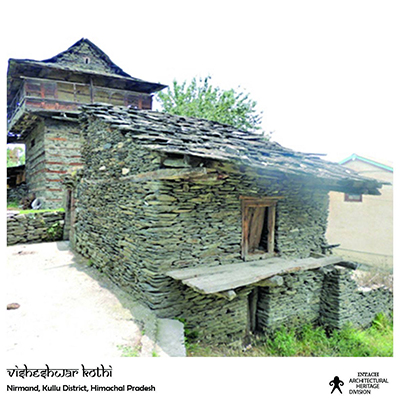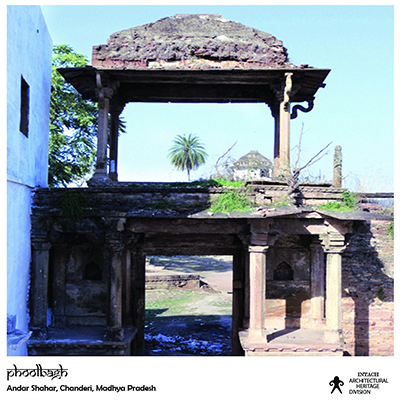H@R 192/365 Ancient temples & settlement Haat Village, Zila Chamoli, Uttarakhand
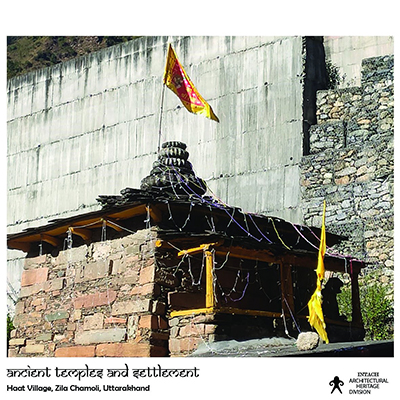
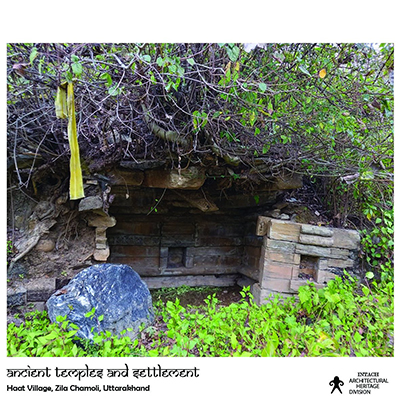
H@R 192/365
Ancient temples & settlement Haat Village, Zila Chamoli, Uttarakhand
The temples, remains and settlement of Haat Village (Zila Chamoli) are very significant due to their archaeological and historical value (9-10th century CE). They also hold immense importance because of the sacred value and association with Adi Shankaracharya who established the sacred place. These sites are under serious threat of disappearance owing to the ongoing Vishnugad-Pipalkoti Hydroelectric Power project. Lakshmi Narayan Temple is one of the sites in the village, that are assets of national importance. Assigned as ‘muck dumping sites’ of the power project renders these at serious risk of permanent loss.



